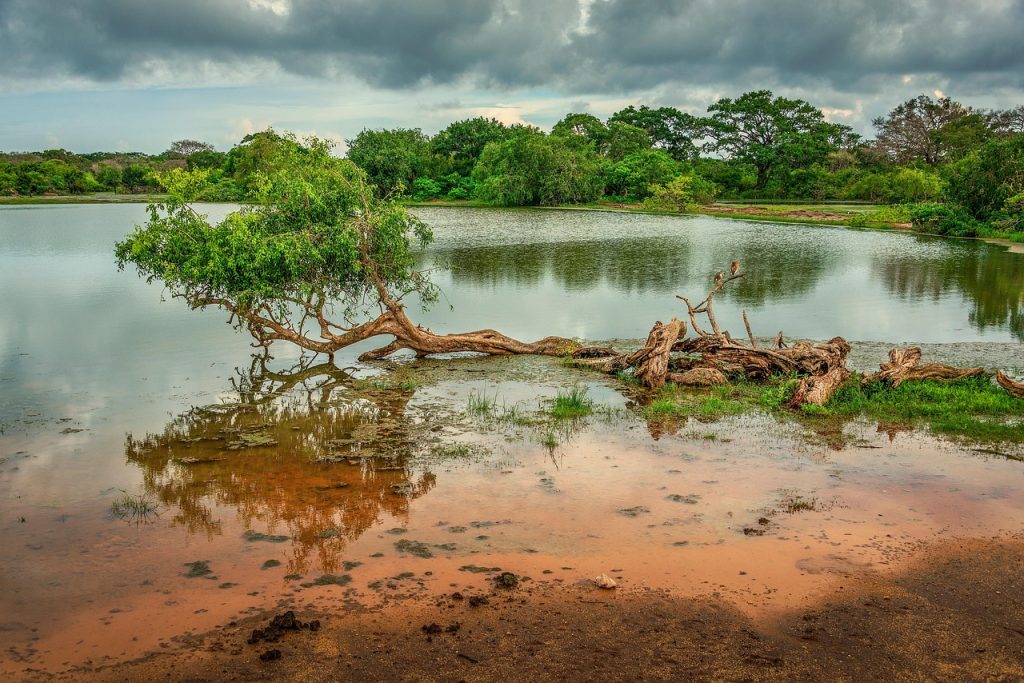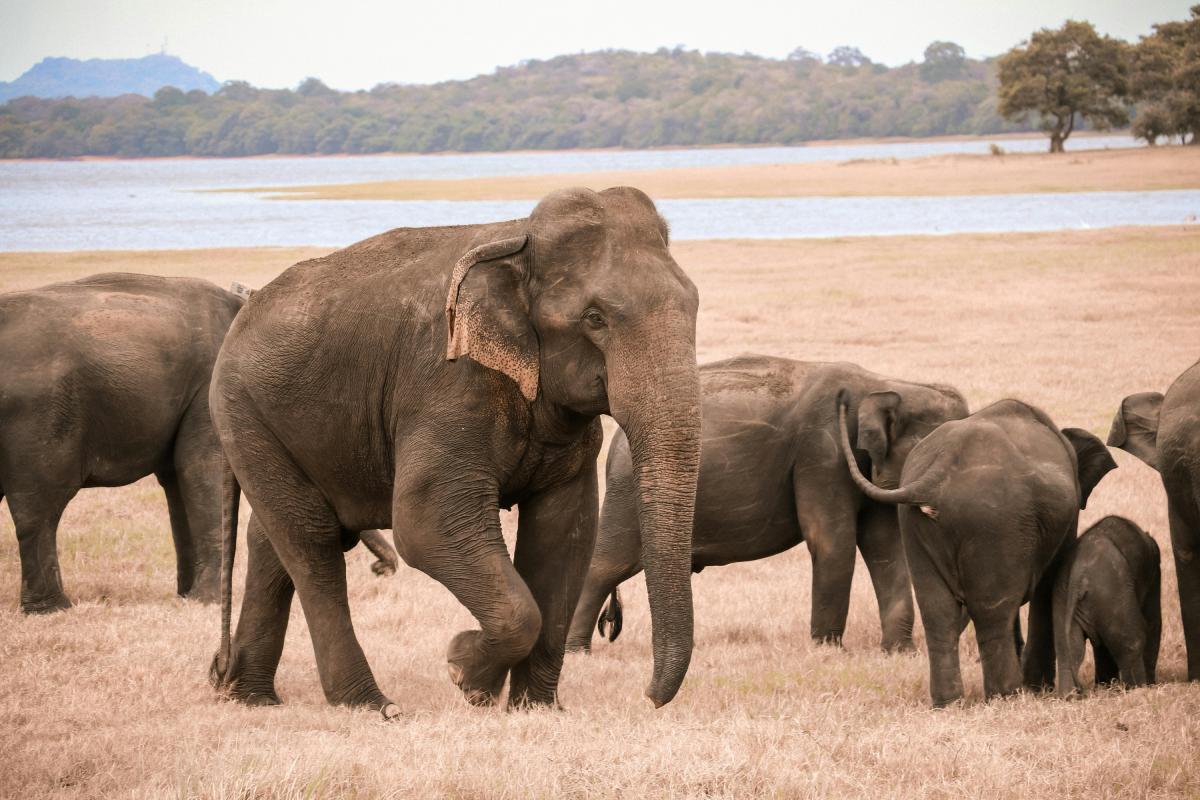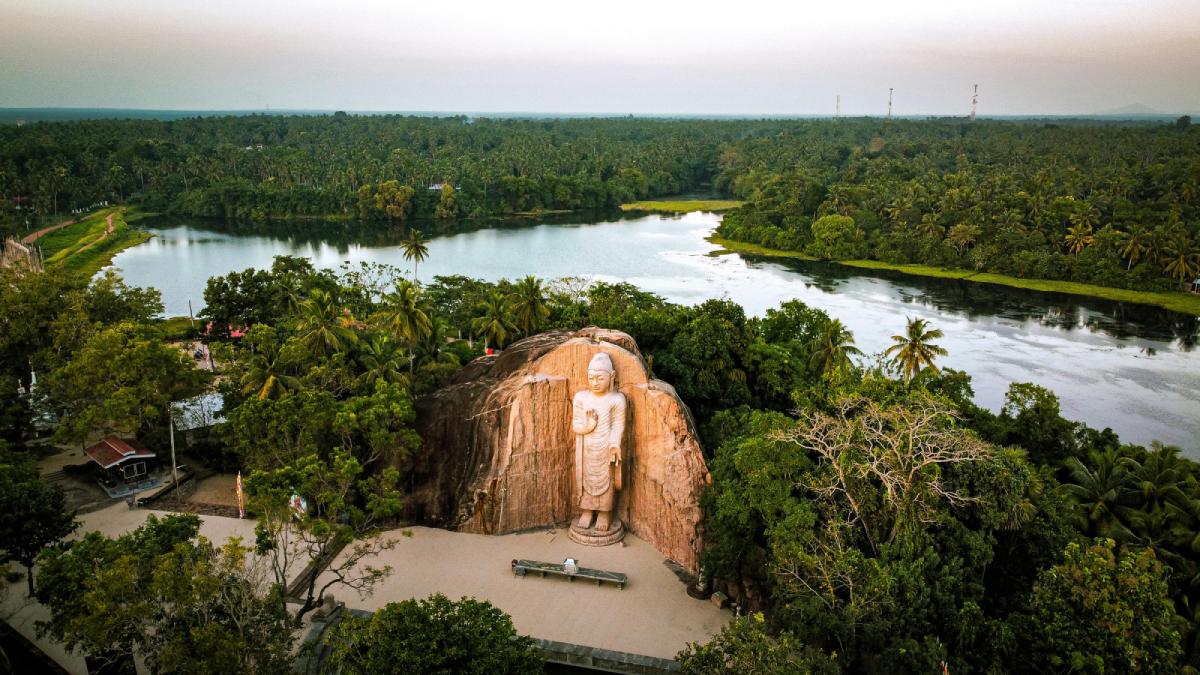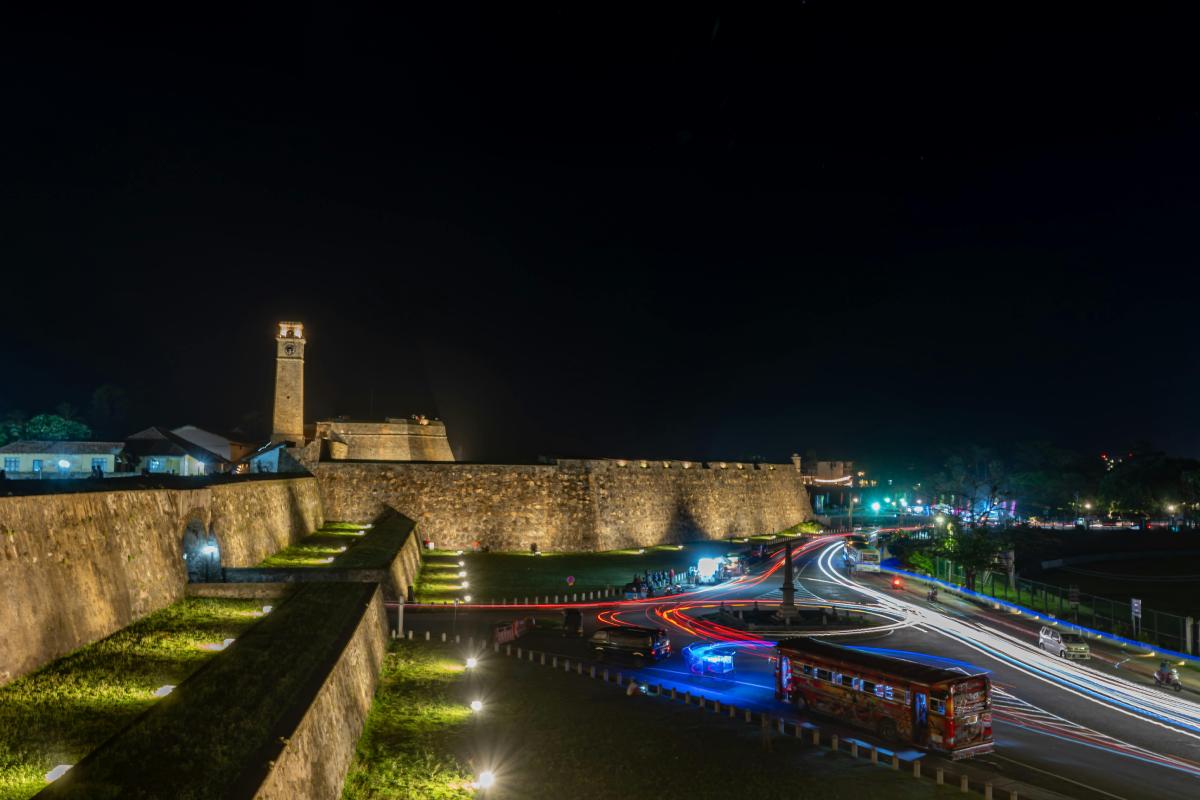Nestled in the southeastern corner of Sri Lanka, Yala National Park stands as the jewel in the crown of the island nation’s protected areas. Spanning approximately 979 square kilometers, this biodiverse sanctuary offers visitors a chance to witness some of Asia’s most spectacular wildlife in their natural habitat. From the elusive Sri Lankan leopard to ancient archaeological sites, Yala’s diverse landscapes and rich ecology make it a must-visit destination for nature enthusiasts and travelers seeking an authentic wilderness experience.
History and Establishment
Yala was established as a national park in 1938, making it one of Sri Lanka’s oldest wildlife sanctuaries. However, the area’s importance dates back much further in history. Archaeological evidence suggests human settlements existed in the region over 2,000 years ago, with ancient Sri Lankan civilizations recognizing the value of this unique ecosystem.
Originally designated as a game sanctuary during British colonial rule, Yala transformed into a conservation-focused national park as part of Sri Lanka’s commitment to protecting its natural heritage. Today, the park is divided into five blocks, with Blocks I and II being the most frequently visited by tourists.
Geography and Climate
Yala National Park features a remarkable diversity of landscapes within its boundaries. The terrain varies dramatically from semi-arid plains and dense forests to freshwater lakes, coastal wetlands, and marine habitats along the Indian Ocean shoreline. This geographical diversity contributes significantly to the park’s rich biodiversity.
The park experiences a dry tropical climate with distinct wet and dry seasons. The dry season, spanning from May to September, is typically considered the best time to visit as animals congregate around water sources, making wildlife spotting more predictable. The northeast monsoon brings rain between October and January, transforming the landscape into a lush green paradise, though some areas may become temporarily inaccessible due to flooding.
Flora and Vegetation
Yala’s plant life is as diverse as its topography. The park predominantly features three vegetation types:
- Dry monsoon forests: Characterized by drought-resistant species like palu (Manilkara hexandra), weera (Drypetes sepiaria), and satin (Chloroxylon swietenia).
- Thorn forests: Dominated by plants that have adapted to arid conditions, including cacti, thorny shrubs, and drought-resistant trees.
- Coastal vegetation: Along the shoreline, visitors can observe unique salt-tolerant species that thrive in the challenging conditions where land meets sea.
During the rainy season, ephemeral water bodies appear throughout the park, supporting aquatic plants and creating temporary wetlands. These seasonal changes drive much of the ecosystem’s dynamics and influence animal movements and behavior.
A Complete Guide to Yala National Park

The Leopard Kingdom
Yala National Park boasts the highest density of leopards in the world, making it the premier destination for spotting this magnificent big cat. The Sri Lankan leopard (Panthera pardus kotiya) is a subspecies endemic to the island and is slightly larger and darker than its mainland counterparts.
What makes Yala’s leopards particularly special is their relative lack of shyness compared to leopards elsewhere. Having evolved without tigers or lions as competitors, they’ve adapted to be more active during daylight hours, increasing visitors’ chances of sighting these normally elusive cats. Leopards are often spotted lounging on rock formations, patrolling their territories, or occasionally hunting near water sources.
Abundant Mammalian Diversity
Beyond leopards, Yala supports an impressive array of mammals:
- Sri Lankan elephants: These magnificent creatures, a subspecies of the Asian elephant, roam the park in herds of varying sizes. During dry months, spectacular gatherings of elephants can be observed at water holes.
- Sloth bears: These shaggy, insect-loving bears are primarily nocturnal but can occasionally be spotted during early morning or late evening safari drives.
- Water buffalo: Both wild and feral populations exist within the park, often wallowing in muddy pools to cool down during hot days.
- Spotted deer: The most commonly seen herbivore in Yala, these graceful animals often travel in herds and serve as important prey for leopards.
- Sambar deer: Larger than spotted deer, these impressive ungulates are more solitary and cautious.
- Golden jackals: These opportunistic predators are frequently spotted hunting small prey or scavenging.
- Wild boar: Highly adaptable omnivores that root through the forest floor in search of tubers and other food.
- Mongoose species: Several mongoose species inhabit the park, including the ruddy mongoose and stripe-necked mongoose.
Birdwatcher’s Paradise
With over 215 bird species recorded, Yala is a premier birdwatching destination. The park’s diverse habitats support both resident and migratory bird populations:
- Aquatic birds: Painted storks, black-headed ibis, Eurasian spoonbills, and various heron species gather around the park’s lakes and wetlands.
- Raptors: White-bellied sea eagles, crested serpent eagles, and the rare black-necked stork patrol the skies.
- Endemic specialties: Sri Lanka junglefowl (the national bird), Sri Lanka wood pigeon, and Sri Lanka grey hornbill are among the island endemics that can be spotted.
- Peacocks: Indian peafowl are abundant throughout the park, often displaying their magnificent plumage during breeding season.
- Migratory visitors: During winter months, the park’s bird population swells with visitors from as far as Siberia and Northern Europe.
Reptiles and Amphibians
The park’s reptile population includes:
- Mugger crocodiles: These freshwater crocodiles inhabit the park’s lakes and are often seen basking along shorelines.
- Saltwater crocodiles: The world’s largest reptile occasionally ventures into the park’s coastal areas.
- Monitor lizards: Both water monitors and land monitors are common sights.
- Snakes: Over 40 snake species, including the venomous Russell’s viper and Indian cobra, as well as non-venomous species like rat snakes and python.
- Star tortoise: This endangered species with its distinctive star-patterned shell can occasionally be spotted in drier areas.
Numerous frog and toad species also inhabit the park, becoming particularly vocal during the rainy season.
Marine Biodiversity
Yala’s coastal boundary along the Indian Ocean contributes a marine dimension to its biodiversity. The waters off Yala are frequented by:
- Sea turtles: Five species, including the endangered green turtle and leatherback, nest on Yala’s beaches.
- Dolphins and whales: Spinner dolphins and, occasionally, blue whales can be spotted off the coast during certain seasons.
- Coral reef ecosystems: Though not as extensive as other areas of Sri Lanka, Yala’s coastal waters contain coral formations supporting diverse marine life.
Archaeological Significance
Beyond natural wonders, Yala preserves significant archaeological sites that provide glimpses into Sri Lanka’s ancient history:
- Sithulpawwa: An ancient rock temple dating back to the 2nd century BCE, believed to have once housed 12,000 Buddhist monks.
- Magul Maha Viharaya: A 1st century BCE temple complex featuring impressive stone carvings.
- Ancient tanks (reservoirs): The park contains several ingeniously designed ancient water management structures that demonstrate the sophisticated engineering of early Sri Lankan civilizations.
These historical sites, set against the backdrop of wild nature, create a unique juxtaposition of cultural and natural heritage.
Conservation Challenges
Like many protected areas worldwide, Yala faces significant conservation challenges:
- Human-wildlife conflict: As settlements expand near the park’s boundaries, conflicts between humans and wildlife, particularly elephants, have increased.
- Poaching: Despite protective measures, illegal hunting continues to threaten certain species.
- Tourism pressure: The popularity of Yala, especially Block I, has led to concerns about carrying capacity and tourism impact on wildlife behavior.
- Climate change: Shifting rainfall patterns and increasing temperatures present long-term threats to the park’s ecosystems.
Conservation organizations work alongside the Sri Lankan Department of Wildlife Conservation to address these challenges through community education, anti-poaching patrols, and sustainable tourism initiatives.
Visiting Yala: Practical Information
Best Time to Visit
While Yala is open year-round (except for a brief annual closure in September for maintenance), the optimal wildlife viewing occurs during the dry season from May to September. During this period, animals congregate around shrinking water sources, increasing sighting opportunities.
The park can be visited during the rainy season (October to January) as well, when the landscape transforms into a lush green paradise. However, visitors should be prepared for occasional road closures due to flooding.
Safari Options
The most common way to explore Yala is through a jeep safari. Options include:
- Half-day safaris: Typically conducted in early morning (6:00 AM to 10:00 AM) or late afternoon (2:00 PM to 6:00 PM) when animals are most active.
- Full-day safaris: Allowing deeper exploration of the park, though midday hours often see reduced wildlife activity due to heat.
- Private or shared jeeps: Private jeeps offer more personalized experiences, while shared options provide more economical alternatives.
All vehicles must be accompanied by a licensed park guide, whose expertise greatly enhances the safari experience through their knowledge of animal behavior and tracking skills.
Accommodation
Visitors can choose from various accommodation options:
- Luxury lodges: Several upscale properties near the park offer premium accommodations with guided safari packages.
- Mid-range hotels: Comfortable options in nearby towns like Tissamaharama provide good access to the park.
- Budget guesthouses: Economical choices are available for travelers on tighter budgets.
- Camping: Limited camping opportunities exist for those seeking a more immersive experience, though these must be arranged through authorized operators.
Safari Ethics
Responsible tourism is essential for Yala’s long-term conservation:
- Maintain silence during wildlife sightings
- Never feed or attempt to touch animals
- Stay on designated roads and tracks
- Respect minimum distance requirements from wildlife
- Take all trash back with you
- Follow guide instructions at all times
Beyond Wildlife: The Complete Yala Experience
While wildlife viewing remains the primary attraction, visitors can enhance their Yala experience by:
- Birdwatching at Bundala National Park: This nearby Ramsar wetland complements Yala with exceptional birdwatching opportunities.
- Visiting Kataragama: This nearby sacred city holds significance for Buddhists, Hindus, Muslims, and indigenous Vedda people.
- Exploring beaches: The coastline near Yala features spectacular beaches, though swimming is restricted in many areas due to strong currents.
- Cultural interactions: Several community-based tourism initiatives offer insights into local village life and traditional practices.
Conclusion
Yala National Park represents the perfect synthesis of Sri Lanka’s natural and cultural heritage. Its extraordinary biodiversity, from magnificent leopards to tiny endemic birds, alongside ancient archaeological treasures, creates an unparalleled wilderness experience. As conservation efforts continue to protect this remarkable ecosystem, Yala stands as a testament to Sri Lanka’s commitment to preserving its natural riches for future generations.
For wildlife enthusiasts, photographers, history buffs, or travelers simply seeking connection with nature, Yala offers unforgettable encounters in one of Asia’s most spectacular protected landscapes. The lasting impressions of a leopard’s piercing gaze, a peacock’s iridescent display, or elephants silhouetted against the sunset will remain long after visitors leave this remarkable corner of Sri Lanka.


